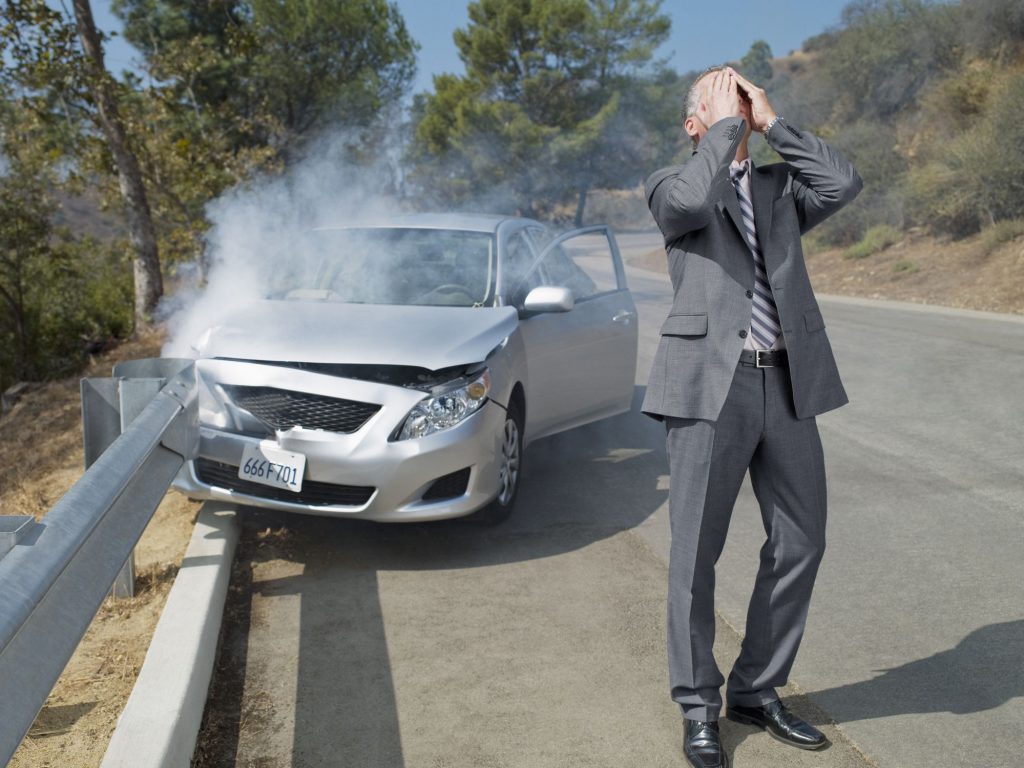Every year, car accidents claim more lives than all the diseases in America put together. In order to survive a potentially fatal car accident, there are several things that a driver and passengers should be aware of and be proactive about before taking to the streets.
Maintenance of the Vehicle
Lack of proper vehicle maintenance is a major concern in the prevention and avoidance of accidents. The systems most necessary for safe vehicle operation include the brakes, tires, and suspension. These three components determine how much traction the vehicle has while traveling, and also how quickly the vehicle can come to a stop. Poor brake performance, along with insufficient traction on the vehicle tires quickly leads to problems in wet or snowy conditions.
Besides the maintenance of your vehicle, it is really important that you invest in car insurance as well. Which is a great way for you to deal with any mishap financially. In addition to that, if you ever come across an accident it is advised that you hire an accident lawyer baltimore that can get you a reasonable claim from your insurance company.
Even in the best of circumstances, ice and hydroplaning are major areas of concern in accident avoidance. Without traction or braking, however, those concerns quickly spiral into a vehicle that is completely out of control. While low-speed accidents in these conditions are not always fatal, medium-speed accidents in excess of 45 miles per hour or while traveling downhill can lead to the vehicle being thrown from the roadway

The Fix:
Make certain that your vehicle tires are in good condition before traveling in rain or snow. When holding a penny in the tread of the tire, you should not be able to see the top of Abe Lincoln’s head. If you can, Your tires are in need of replacement. Your vehicle brakes are equipped with a warning system to let you know when they’re going bad. When you hear a chirping sound when applying the brakes, the pads have been worn down to their safe limit and should be changed immediately.
Wearing safety belts
Wearing safety belts and leaving vehicle secondary restraint systems intact and operational have proven time and again in test after test to not only minimize injuries during low-speed crashes but to reduce the number of vehicle fatalities on the road. In order to prevent vehicle fatalities during a crash, it is critically important that not only the driver and front passenger be buckled in, but also the rear seat passengers.
The Fix:
Unruly children can often squirm free of seat belts, but in these cases, it is best to stop the vehicle immediately, discipline the child while the vehicle is stopped, and then continue driving when the child is buckled back into the seat. If they are quietly pouting while facing forward, it is a far better situation than to have the driver attempting to chastise the child while the vehicle is moving.
Avoid distracted driving
Distracted driving is a relatively new concept in vehicle safety that has come about in response to the proliferation of fatalities involving texting with cell phones while driving. Cell phones aren’t the only source of distracted driving, however. Applying makeup, reading, eating and even looking for a different radio station can significantly increase the chance of having a fatal accident. The reason for this is that being distracted decreases your reaction time when it is most critical. You may have less than a second to react to an obstacle in the roadway, or a vehicle crossing the centerline. With so little time to react, you may never even see what it was that you hit — or that hit you.

Become a “Professional Driver”
There is a large number of people who are not well-trained drivers. After having taken the driver’s exam at 16, few people bother to continue improving their driving skills through training, relying instead on experience. The problem is that over time, that experience turns to complacence as drivers become too comfortable behind the wheel, believing that they are too good of a driver to get into an accident. All too often, drivers think it “can’t happen to them.”
The Fix:
Take a defensive driver course to hone your driving skills every few years. In some cases, this might even lead to lower insurance rates. Defensive driving classes teach you how to maneuver your vehicle even in the worst weather conditions and in the worst situations possible. With the right training, you can learn how to keep the vehicle under control in all situations, effectively practicing accident avoidance and damage control
Keep your phone nearby
If you keep your cell phone in a cup holder or on the seat beside you, then when an accident happens, the cell phone will not remain in that place. It may end up in the back seat, under the seat, or outside of the vehicle, broken. In a serious accident, the response time of emergency medical personnel is critical for the survival of the injured. This may involve making sure that your cellphone stays near you when you drive.
The Fix:
Keep the cell phone in a buttoned pocket that you can easily reach or in a covered center console of the vehicle. Another option is to purchase a cellphone holder that locks the phone into place near at hand. In an accident, keeping your phone close at hand to dial 9-1-1 can make the difference between life and death.
